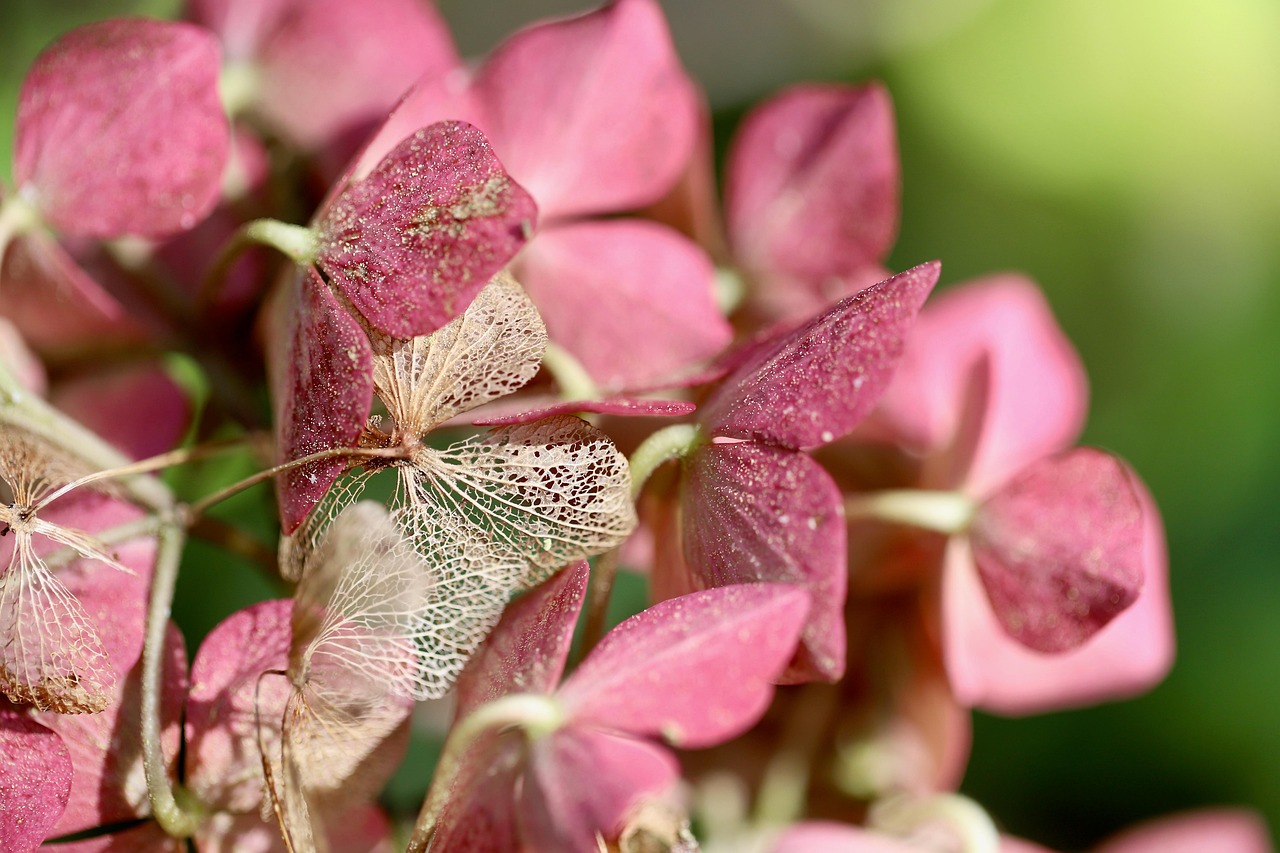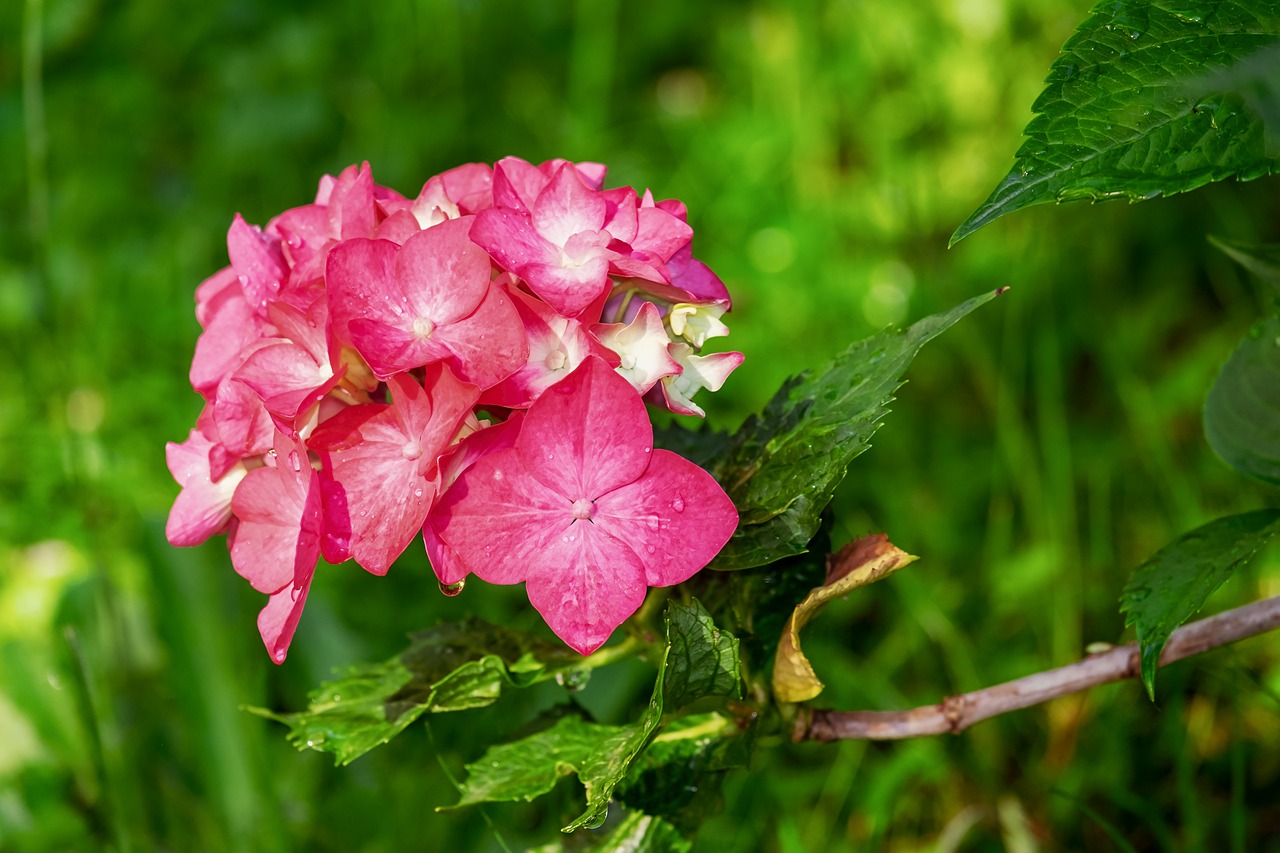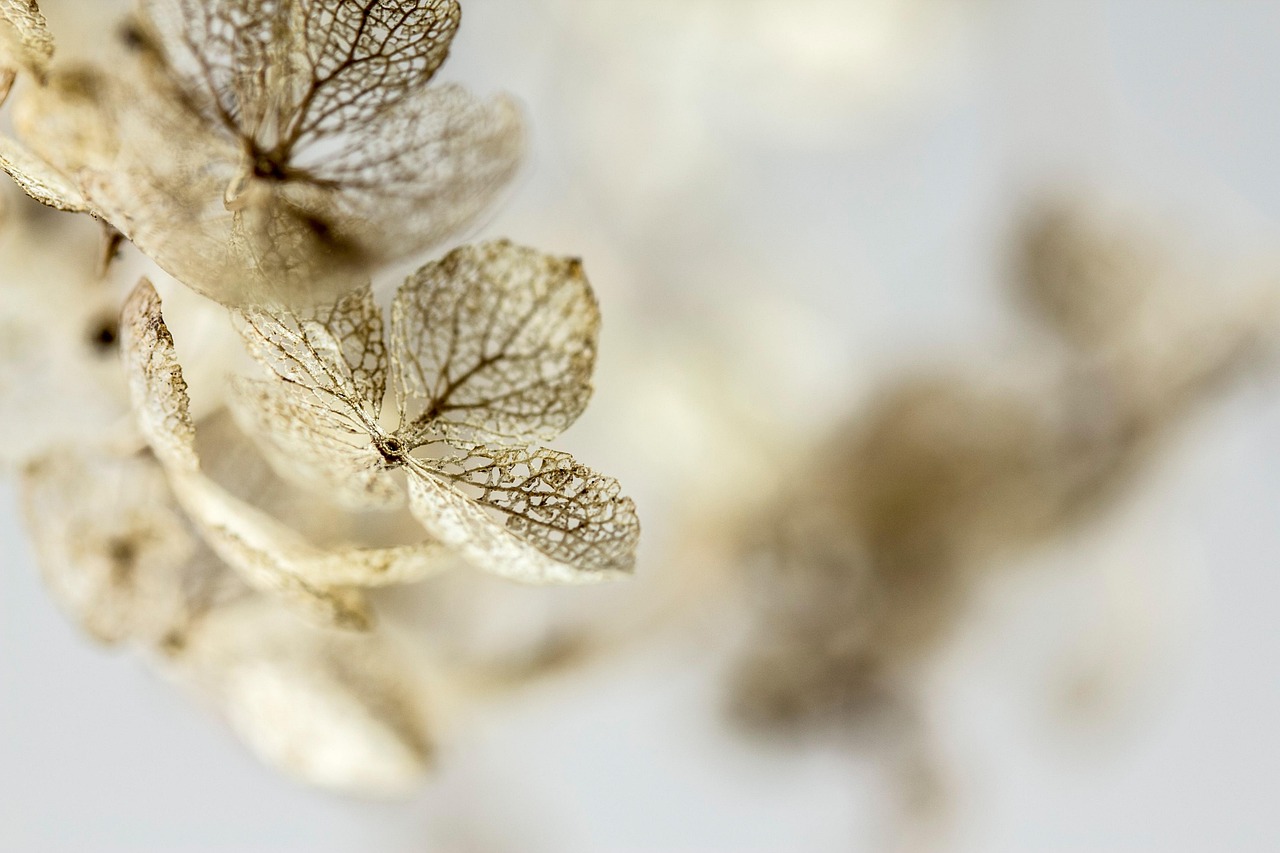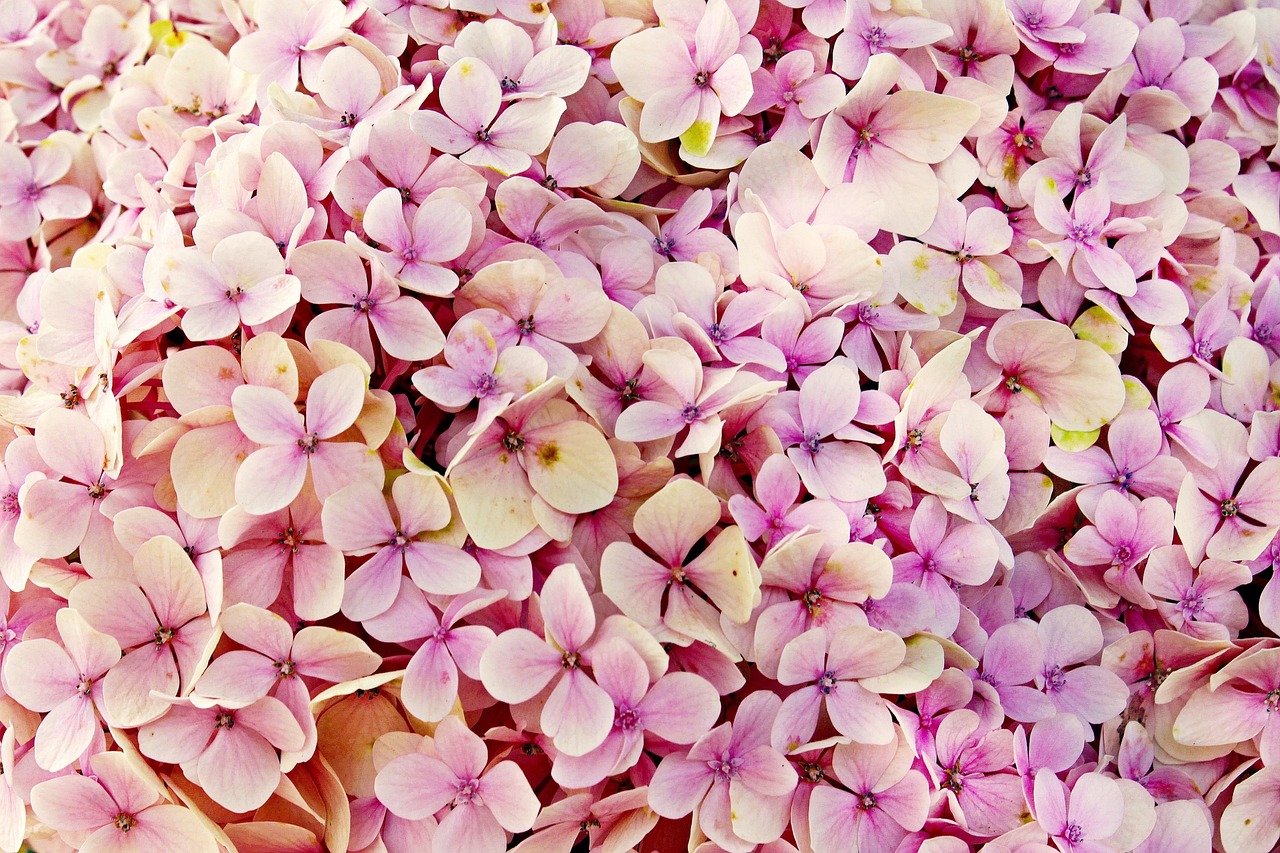The Quick Fire Hydrangea tree grows at a rate of approximately 1 to 2 feet per year. This rapid growth makes it an ideal choice for gardeners seeking fast blooms and lush foliage.
Hydrangeas are beloved for their stunning flowers and impressive versatility in landscaping. Among the various types, the Quick Fire Hydrangea stands out due to its remarkable growth rate and early blooming period. This deciduous shrub is known for producing vibrant, cone-shaped flowers that transition from white to a brilliant red as summer progresses. The Quick Fire Hydrangea is particularly appealing for those who desire a quick burst of color in their gardens.

Understanding the growth rate of the Quick Fire Hydrangea is essential for effective gardening and landscape planning. Gardeners can expect this tree to reach its mature height of about 6 to 8 feet within a few years, depending on environmental conditions and care. Factors such as soil type, sunlight exposure, and watering practices greatly influence its growth.
Key Characteristics of Quick Fire Hydrangea
The Quick Fire Hydrangea is notable not only for its growth rate but also for its unique characteristics. Below are some key features:
- Blooming Time: Early summer to fall.
- Flower Color: Starts as white, transitions to pink, then deep red.
- Mature Height: Typically 6 to 8 feet.
- Spread: About 4 to 5 feet wide.
- Sun Requirements: Prefers full sun to partial shade.
These characteristics make the Quick Fire Hydrangea an attractive option for various garden settings. Its ability to flourish in different conditions allows gardeners to place it in a wide range of places, from flower beds to borders. Additionally, its compact size makes it suitable for smaller gardens and landscapes.

Growth Rate Factors
Several factors affect the growth rate of the Quick Fire Hydrangea tree. Understanding these factors can help gardeners achieve optimal growth and flowering.
| Factor | Description | Impact on Growth Rate |
|---|---|---|
| Soil Quality | Well-draining soil rich in organic matter promotes healthy growth. | Fast growth with strong roots. |
| Watering | Consistent watering is crucial, especially during dry spells. | Inadequate watering can stunt growth. |
| Sunlight | Full sun (at least 6 hours a day) enhances blooming and growth. | Lack of sunlight may slow down flowering and overall growth. |
| Pruning | Regular pruning helps maintain shape and encourages new growth. | Improves growth rate and flower production. |
| Fertilization | Nutrient-rich fertilizers support vigorous growth. | Adequate nutrients lead to faster development. |
By paying close attention to these factors, gardeners can ensure that their Quick Fire Hydrangea trees thrive and produce abundant flowers. Regular monitoring and adjustments in care can significantly enhance the growth experience.
In summary, the Quick Fire Hydrangea tree not only offers rapid growth but also delivers beautiful flowers that transform any garden space. With the right care, this hydrangea variety promises vibrant blooms and lush greenery throughout the growing season.

The combination of its appealing characteristics and fast growth rate makes the Quick Fire Hydrangea an excellent choice for both novice and experienced gardeners alike. Whether used as a focal point in a landscape or as part of a mixed border, it adds color and life to outdoor spaces.
Planting and Caring for Quick Fire Hydrangeas
Planting Quick Fire Hydrangeas properly is crucial for achieving their full potential. The right location and care will promote vigorous growth and abundant flowering. Below are essential steps to consider when planting these beautiful trees.
Choosing the Right Location
The ideal location for a Quick Fire Hydrangea tree is one that receives plenty of sunlight while also providing some shade during the hottest parts of the day. Here are some key points to keep in mind:

- Sunlight: Aim for at least 6 hours of direct sunlight daily to enhance blooming.
- Soil Type: Well-draining, loamy soil enriched with organic matter is best.
- Space: Ensure adequate space for growth; allow for a width of 4 to 5 feet.
- Wind Protection: Consider planting near structures or other plants that may shield from strong winds.
Planting Steps
Once the location is chosen, follow these steps to plant your Quick Fire Hydrangea:
- Prepare the Soil: Amend the soil with compost or well-rotted manure to improve fertility.
- Dig the Hole: Dig a hole twice as wide and as deep as the root ball.
- Place the Plant: Position the hydrangea in the center of the hole, ensuring that the top of the root ball is level with the soil surface.
- Backfill: Fill in around the root ball with soil, gently patting it down to eliminate air pockets.
- Water Thoroughly: Immediately after planting, water the hydrangea deeply to help establish roots.
Watering and Fertilization
Proper watering and fertilization are vital for healthy growth. Quick Fire Hydrangeas require consistent moisture but dislike soggy soil. Here are some guidelines:
Watering Guidelines
Follow these tips for effective watering:
- Frequency: Water deeply once a week, or more frequently during very hot or dry periods.
- Soil Check: Always check the top inch of soil; if it feels dry, it’s time to water.
- Avoid Overwatering: Ensure that your site has good drainage to prevent root rot.
Fertilization Schedule
A well-planned fertilization schedule will ensure that your hydrangeas thrive. Consider these points:
- Timing: Fertilize in early spring as new growth begins.
- Type: Use a balanced, slow-release granular fertilizer formulated for flowering shrubs.
- Application: Follow package instructions carefully to avoid over-fertilizing.
Pest and Disease Management
The Quick Fire Hydrangea is generally resilient but can be susceptible to certain pests and diseases. Early detection and management are key to keeping your plants healthy.
Pests to Watch For
Common pests include:
- Aphids: Small sap-sucking insects that can cause leaf curling. Use insecticidal soap if necessary.
- Spider Mites: These tiny pests thrive in dry conditions. Increase humidity around the plant and consider miticides if infestations occur.
- Scale Insects: They appear as small bumps on stems and leaves. Treat with horticultural oil.
Diseases to Monitor
The most common diseases affecting hydrangeas include:
- Powdery Mildew: A fungal disease that appears as a white powdery coating on leaves. Increase airflow between plants and apply fungicides if needed.
- Root Rot: Caused by overwatering and poor drainage. Ensure proper watering practices to prevent this issue.
Pruning Techniques
Pruning is essential for maintaining the shape and health of your Quick Fire Hydrangea. It encourages new growth and enhances flowering. The best time to prune is in late winter or early spring before new buds appear.
Pruning Steps
- Remove Dead or Damaged Wood: Cut back any dead or damaged branches to promote healthy growth.
- Selectively Thin Out: Remove any crowded or crossing branches to improve airflow and light penetration.
- Shape the Plant: Trim back to shape and encourage a bushier growth habit.
Caring for Quick Fire Hydrangeas involves understanding their specific needs regarding sunlight, water, and nutrients. With proper care, these beautiful trees will reward you with stunning blooms year after year.
Propagation of Quick Fire Hydrangeas
Propagation is a fantastic way to expand your garden without purchasing new plants. Quick Fire Hydrangeas can be propagated through several methods, including cuttings, layering, and division. Each method has its advantages, and the choice depends on your preferences and gardening skills.
Propagation by Cuttings
Taking cuttings is one of the most common methods for propagating hydrangeas. This technique allows you to create new plants from existing ones.
Steps for Taking Cuttings
- Timing: The best time to take cuttings is in late spring to early summer when the plant is actively growing.
- Select Healthy Stems: Choose strong, healthy stems that are about 4 to 6 inches long and have several leaves.
- Make the Cut: Use a clean, sharp knife or scissors to cut just below a leaf node.
- Prepare the Cutting: Remove the lower leaves, leaving a few at the top for photosynthesis. Optionally, dip the cut end in rooting hormone to encourage root growth.
- Plant the Cutting: Place the cutting in a container filled with moist potting mix. Ensure the cut end is buried about 2 inches deep.
- Water and Cover: Water the cutting lightly and cover it with a plastic bag or a clear plastic dome to maintain humidity.
- Monitor Growth: Place the container in a warm location with indirect sunlight. Roots should develop in about 4 to 6 weeks.
Propagation by Layering
Layering is another effective propagation technique that involves encouraging a branch to root while still attached to the parent plant.
Steps for Layering
- Select a Branch: Choose a healthy, flexible branch close to the ground.
- Bend Downward: Gently bend the branch down to the soil surface without breaking it.
- Make a Small Cut: Create a small notch on the underside of the branch where it touches the soil to encourage rooting.
- Secure with Soil: Cover the notched area with soil and secure it with a stone or wire to hold it in place.
- Water Regularly: Keep the soil moist as the branch develops roots over several months.
- Sever Once Rooted: Once roots form, sever the new plant from the parent and transplant it to its new location.
Propagation by Division
Division is a suitable method if you are dealing with an established hydrangea that has outgrown its space. This technique involves separating the root ball into smaller sections.
Steps for Division
- Timing: The best time to divide hydrangeas is in early spring or fall when they are not actively blooming.
- Prepare the Area: Water the plant well a day before dividing to reduce stress on the roots.
- Dig Up the Plant: Carefully dig around the base of the hydrangea, lifting it out of the ground with as much of the root ball intact as possible.
- Separate Roots: Using a sharp spade or knife, divide the root ball into smaller sections, ensuring each section has sufficient roots and stems.
- Replant Sections: Replant each section in prepared soil, watering thoroughly after planting.
Common Challenges and Solutions
While Quick Fire Hydrangeas are relatively easy to care for, gardeners may encounter some common challenges. Understanding these issues can help you address them effectively.
Poor Flowering
If your Quick Fire Hydrangea is not blooming well, consider these potential causes:
- Lack of Sunlight: Ensure your plant receives at least 6 hours of sunlight daily.
- Poor Soil Conditions: Test soil pH and amend if necessary. Hydrangeas prefer slightly acidic to neutral soil (pH 5.5 to 7.0).
- Too Much Fertilizer: Over-fertilizing can lead to excessive foliage growth at the expense of flowers. Use fertilizers sparingly and according to instructions.
Disease and Pest Issues
If your hydrangea shows signs of disease or pests, monitor closely and take action quickly. Here are some additional tips:
- Cultural Practices: Maintain good airflow and avoid overhead watering to reduce disease risk.
- Naturally Deterring Pests: Introduce beneficial insects like ladybugs to control aphids naturally.
- Pesticide Use: If necessary, apply appropriate pesticides following label instructions carefully.
By employing proper propagation techniques and addressing common challenges head-on, you can ensure that your Quick Fire Hydrangeas flourish beautifully in your garden. With attention and care, these hydrangeas will continue to provide vibrant blooms and enhance your outdoor space for years to come.
Seasonal Care for Quick Fire Hydrangeas
Seasonal care is essential for ensuring that Quick Fire Hydrangeas thrive throughout the year. Each season presents unique challenges and opportunities for growth. Here’s how to maintain your hydrangeas as the seasons change.
Spring
Spring is a time of renewal and growth for Quick Fire Hydrangeas. As temperatures rise, it’s essential to provide adequate care.
- Pruning: Late winter or early spring is the ideal time to prune your hydrangeas before new growth begins. Remove dead or damaged wood and shape the plant for better airflow.
- Fertilization: Apply a balanced, slow-release fertilizer to support new growth. Follow the instructions on the label to avoid over-fertilization.
- Watering: Ensure consistent moisture as the plant begins to wake up from dormancy. Water deeply during dry spells.
Summer
Summer is when Quick Fire Hydrangeas display their stunning blooms. Proper maintenance during this season is crucial.
- Watering: Continue to water regularly, especially during hot and dry periods. Aim for deep watering to encourage root development.
- Pest Control: Monitor for pests such as aphids and spider mites. Use organic methods or insecticidal soap if necessary.
- Mulching: Apply a layer of mulch around the base of the plant to retain moisture and regulate soil temperature.
Fall
As summer ends, preparing your Quick Fire Hydrangeas for winter is essential. Fall care focuses on protecting the plants from cold temperatures.
- Watering: Continue to water until the ground freezes, ensuring that the roots remain hydrated.
- Fertilization: Avoid fertilizing in late fall, as this can promote new growth that might not survive winter.
- Mulching: Add a thicker layer of mulch around the base of the plant to protect the roots from freezing temperatures.
Winter
Winter is a dormant period for Quick Fire Hydrangeas, but some care is still necessary to ensure their health.
- Protection: In colder climates, consider wrapping the base of the plant with burlap or using protective plant covers to shield against harsh winds and frost.
- Avoid Overwatering: Reduce watering as the plant enters dormancy. Excess moisture can lead to root rot during freezing temperatures.
- Pest Management: Inspect plants for any remaining pests and treat them accordingly before winter sets in.
Final Thoughts
The Quick Fire Hydrangea is an exceptional choice for gardeners seeking vibrant blooms and fast growth. Its unique characteristics, such as its adaptability and eye-catching flower colors, make it a standout in any landscape. By understanding its growth rate, care requirements, and propagation techniques, gardeners can create a flourishing environment for these beautiful trees.
Caring for Quick Fire Hydrangeas involves attention to detail and seasonal adjustments. By implementing proper watering, fertilization, and pest management practices, you can enjoy stunning blooms year after year. Propagation methods allow you to expand your collection and share these lovely plants with friends and family.
This hydrangea variety not only provides aesthetic appeal but also enhances the biodiversity of your garden. Its flowers attract pollinators, contributing positively to the ecosystem. With attention and care, Quick Fire Hydrangeas will continue to thrive, providing beauty and color to your outdoor spaces throughout the growing season and beyond.
In conclusion, Quick Fire Hydrangeas are more than just beautiful plants; they are a testament to how thoughtful gardening practices can yield spectacular results. Whether you are a novice gardener or a seasoned horticulturist, these hydrangeas offer an opportunity to enhance your garden with minimal effort and maximum rewards.
